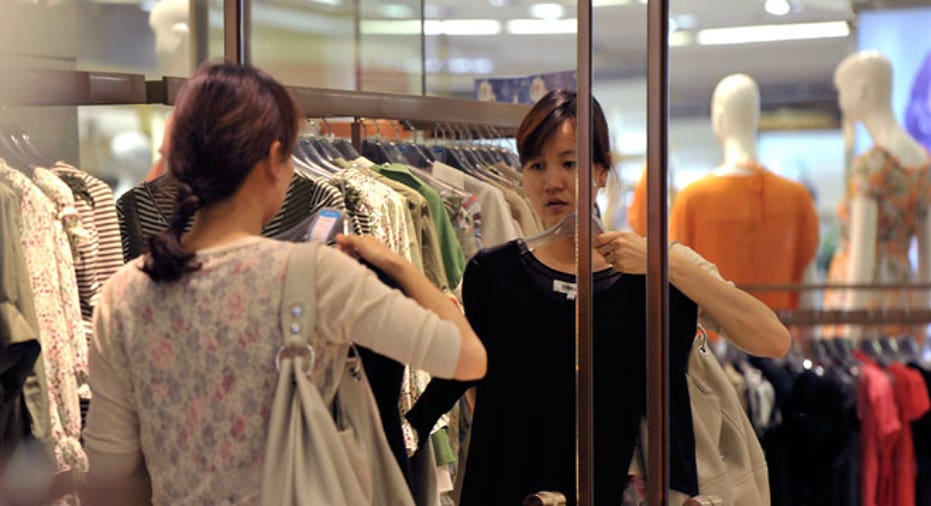Global Wealth Rises as Gap Between Rich and Poor Grows

Credit Suisse Research Institute released a new report that found the richest 1% of people own nearly half of all of the wealth on the planet. The richest 10% of people claim 86% of global wealth.
The report also found that global wealth has more than doubled since 2000 and has climbed to an all-time high of $241 trillion U.S. dollars. The average wealth per adult in the world has hit a new peak of $51,600 U.S. dollars, however, Credit Suisse reports inequity remains high.
A recent Wall Street Journal analysis of the Census Bureau’s Current Population Survey found America’s poverty rate has stabilized, but that those who are poor are living in much deeper poverty than they had been in recent years. Forty-four percent of America’s poor are considered to be in “deep poverty,” the WSJ reported, which is an income that is 50% or more below the government’s official poverty line.
Credit.com founder Adam Levin says the growing divide between rich and poor in the U.S. is worsening due to the way resources are allocated in the country.
“The people with the most money also have the ability to get the most sophisticated people to try to help them to find ways to avoid paying taxes.”
Levin points to Credit.com’s recent survey on the “new” American dream, which finds that Americans no longer aim to just own a home or retire comfortably—becoming debt-free is now a top financial goal. And what’s more, many don’t believe it’s an attainable goal.
“This is not an issue that the wealthiest people in the world really worry about,” he says. “In fact, many of the wealthiest institutions have grown wealthier because of an imbalance of power created by deregulation.”
Levin says the trend of only the rich getting rich can be reversed with a higher emphasis on education, financial literacy and investing in human capital, but he isn’t hopeful it will happen within the next decade.
“One of the problems caused by this inequality is the imbalance in purchasing power. We have to give consumers back the purchasing power,” he says. “This is what helps us create jobs and bring people out of poverty. Financial literacy has a great deal to do with helping people put themselves in a position to be stronger purchasers.”